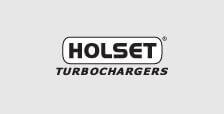Turbocharger Troubleshooting
Related: Grizzly Products | Garrett | Holset | IHI | Mitsubishi | BorgWarner | Mopar
OEM turbos are made to highly specific standards, not only to deliver the power owners demand, but also to keep diesel and gas engines performing at top efficiency year after year. With correct parts and regular maintenance, drivers who utilize turbocharged engines can depend on the performance and efficiency their vehicles were designed to deliver over the long haul.
Loss of power, excess smoke, high fuel consumption, overheating, high exhaust temperatures and oil leakages from the turbocharger are all symptoms that could indicate turbocharger malfunction. However, these faults can often wrongly be attributed to the turbocharger, as defects in other components can also produce the same symptoms.
Diagnosing a damaged turbocharger can be complicated, but there are many ways your vehicle will let you know that it is having issues with the turbo. All too frequently however, serviceable turbochargers are removed from engines before the cause of the problem has been determined. Always inspect and assess the turbochargers condition before removal from the engine. As always seek the advice of trained professionals before modifying or attempting to self-repair your turbocharged vehicle.
Warning: Self attempted turbocharger maintenance and repair could void your original equipment product warranty. This guide is provided purely as an informational resource, Grizzly is not responsible for any damage caused by self-attempted repairs or replacements.
| Possible Failure Diagnosis | Engine Running Hot | Poor Transient Response | Smoke | Engine Lacks Power | Black Exhaust Smoke | Blue Exhaust Smoke | High Oil Consumption | Turbocharger Noisy | Cyclic Sound from the Turbocharger | Oil Leak from Compressor Seal | Oil Leak from Turbine Seal |
| Dirty air cleaner Clean or replace element according to manufacturer’s recommendations |
✔ | ✔ | ✔ | ✔ | ✔ | ✔ | ✔ | ✔ | |||
| Restricted compressor intake duct Remove restriction or replace damaged parts as required |
✔ | ✔ | ✔ | ✔ | ✔ | ✔ | ✔ | ✔ | ✔ | ||
| Restricted air duct from compressor to intake manifold Replace seals, gaskets or tighten fasteners as required |
✔ | ✔ | ✔ | ✔ | ✔ | ||||||
| Restricted intake manifold Refer to engine manufacturer’s manual and remove restriction |
✔ | ✔ | ✔ | ✔ | ✔ | ||||||
| Air leak in feed from air cleaner to compressor Replace seals, gaskets or tighten fasteners as required |
✔ | ||||||||||
| Air leak in feed from compressor to intake manifold Replace seals, gaskets or tighten fasteners as required |
✔ | ✔ | ✔ | ✔ | ✔ | ✔ | ✔ | ✔ | |||
| Air leak between intake manifold and engine Refer to engine manufacturer’s manual and replace gaskets or tighten fasteners as required |
✔ | ✔ | ✔ | ✔ | ✔ | ✔ | ✔ | ||||
| Foreign object in exhaust manifold (from engine) Refer to engine manufacturer’s manual and remove obstruction |
✔ | ✔ | ✔ | ✔ | ✔ | ✔ | |||||
| Restricted exhaust system Remove restriction or replace damaged parts as required |
✔ | ✔ | ✔ | ✔ | |||||||
| Exhaust manifold cracked, gaskets blown or missing Refer to engine manufacturer’s manual and replace gaskets or damaged parts as required |
✔ | ✔ | ✔ | ✔ | ✔ | ||||||
| Gas leak at turbine inlet/exhaust manifold joint Replace gasket or tighten fasteners as required |
✔ | ✔ | ✔ | ✔ | ✔ | ||||||
| Gas leak in ducting after turbine outlet Refer to engine manufacturer’s manual and repair leak |
✔ | ✔ | |||||||||
| Restricted turbocharger oil drain line Remove restriction or replace damaged parts as required |
✔ | ✔ | ✔ | ✔ | |||||||
| Restricted engine crankcase breather Refer to engine manufacturer’s manual, clear restriction |
✔ | ✔ | ✔ | ✔ | |||||||
| Turbocharger bearing housing sludge or coked Change engine oil and oil filter, overhaul or replace turbocharger as required |
✔ | ✔ | ✔ | ✔ | |||||||
| Fuel injection pump or fuel injectors incorrectly set Refer to engine manufacturer’s manual and replace or adjust faulty components as required |
✔ | ✔ | ✔ | ✔ | |||||||
| Engine valve timing incorrect Refer to engine manufacturer’s manual for correct settings and adjust as required |
✔ | ✔ | |||||||||
| Worn engine piston rings or liners Refer to engine manufacturer’s manual and repair as required |
✔ | ✔ | ✔ | ✔ | ✔ | ✔ | |||||
| Burnt valves and/or pistons Refer to engine manufacturer’s manual and repair as required |
✔ | ✔ | ✔ | ✔ | ✔ | ✔ | |||||
| Excessive dirt build-up on impeller and/or diffuser vanes Clean in accordance with the appropriate manufacturer repair manual |
✔ | ✔ | ✔ | ✔ | ✔ | ✔ | ✔ | ✔ | |||
| Turbocharger damaged Find and correct cause of failure, repair or replace turbocharger as necessary |
✔ | ✔ | ✔ | ✔ | ✔ | ✔ | ✔ | ||||
| Failed diaphragm Replace using correct Actuator Service Kit |
✔ | ✔ | |||||||||
| Seized valve Free valve/replace complete turbine housing sub-assembly |
✔ | ✔ | |||||||||
| Leaking hose Replace hose and clips |
✔ | ✔ | |||||||||
| Wastegate mechanism set incorrectly Contact any Grizzly Dealer for more. |
✔ | ✔ | ✔ | ✔ | ✔ |
Turbocharger Maintenance Tips:
Help Your Turbocharger Last: Through proper maintenance and care of your turbocharger it can and will last. More specifically, keeping your oil and filters changed regularly is crucial to the life of your turbocharger.
Let Your Turbocharger Cool Down: Most turbochargers utilize the oil from your engine for cooling, when turning off your engine before letting your turbocharger cool down you are allowing the opportunity for oil to become trapped in your turbocharger. When this oil cools it can then solidify, causing sludge buildup inside of your turbocharger allowing for pre-mature wear and failure of its internal components.
Featured Products
-
Upgraded Design EGR Cooler For Ford 6.0L Engines # GA304N See Details
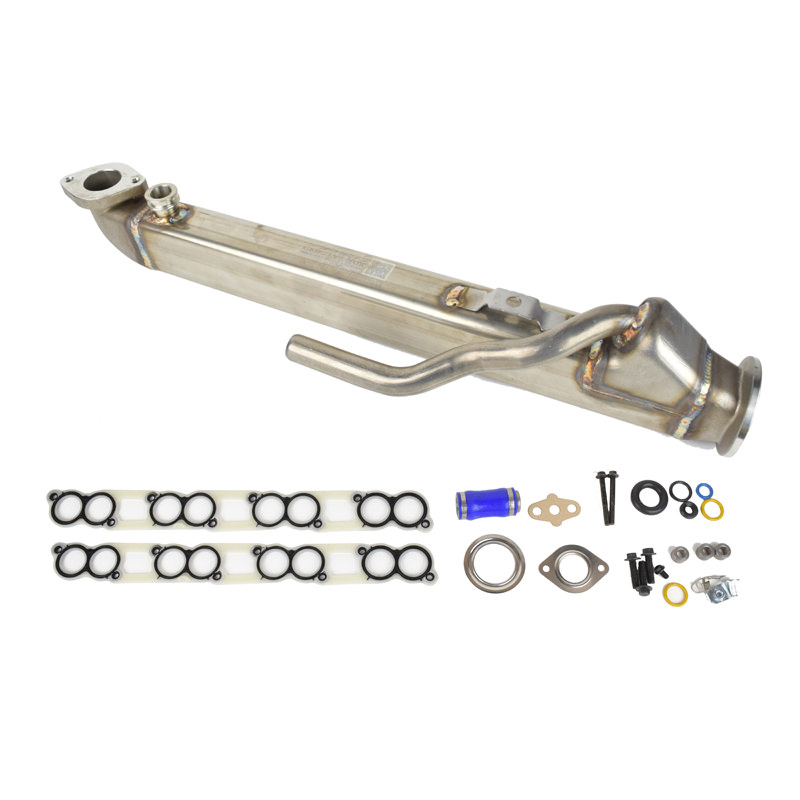

-
Quality Reman Reman. Turbocharger 2007-2012 Dodge 6.7L Cummins # 3770973 See Details
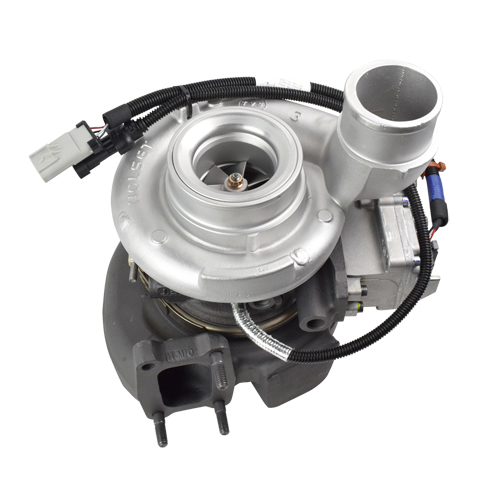

-
New Replacement 2004-2007 Detroit Diesel Series 60 EGR # GA201N See Details
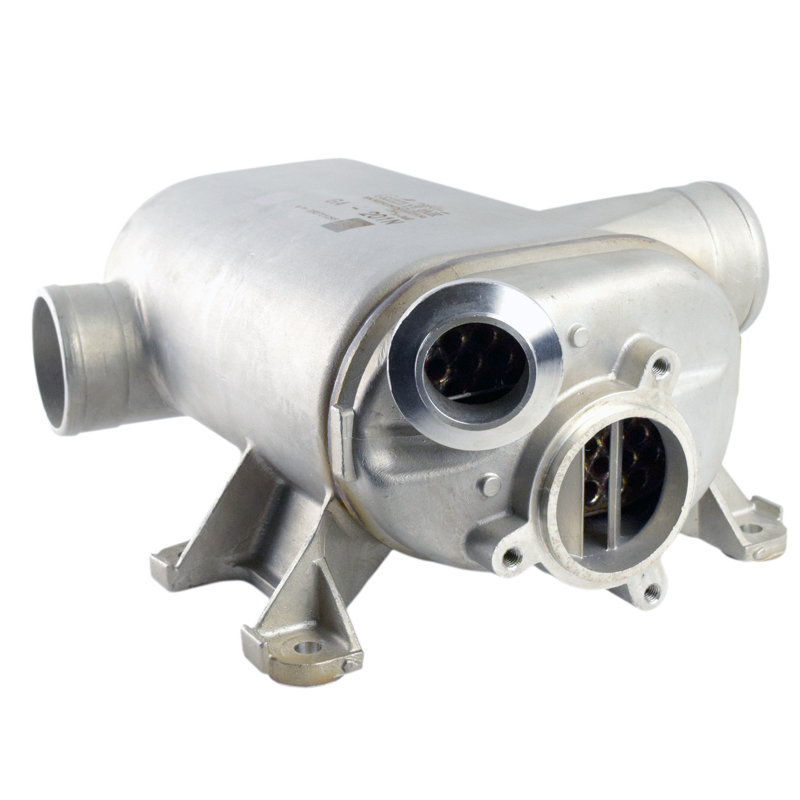

-
Remanufactured IFS Assembly For John Deere Applications # RE527597RX See Details
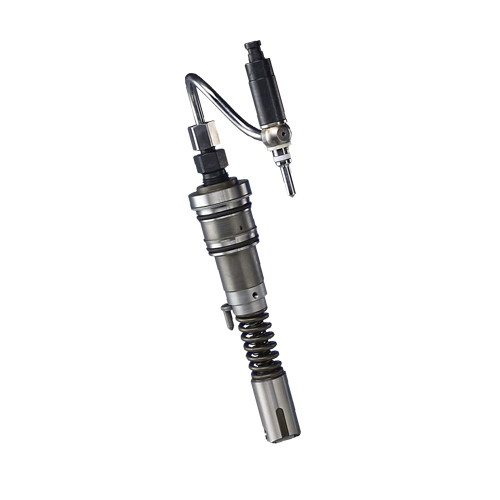

-
New Product Reman. HEUI Injector - 1999-2003 7.3L # GA37002 See Details
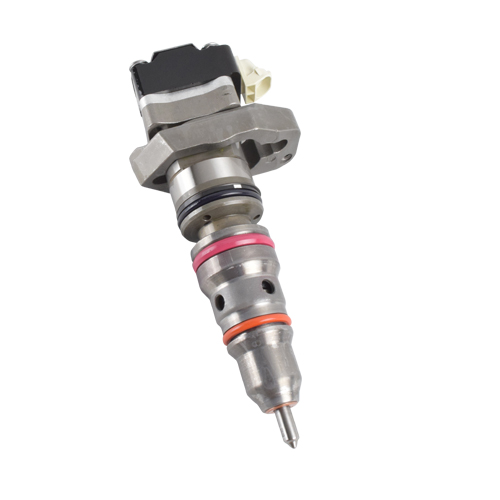

-
Great Product Reman. Injector for 2004.5-2007 Ford 6.0L # GA37682 See Details


By continuing to browse or by clicking "Accept", you agree to our storing of cookies on your device for website functionality and analytical purposes.
You can read more about how we use this information in our privacy policy here.
Accept & Continue Disable & Continue

-
Information
-
Complementary
-
Grizzly Products
-
More Grizzly














